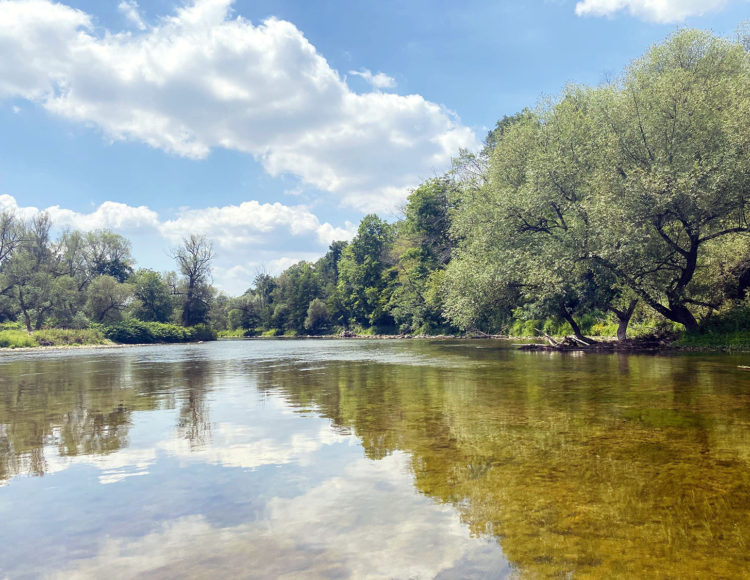The Haldimand Tract is 950,000 acres or 3,844 square kilometers. The Grand River watershed is the largest inland river system in Oniatarí:io (Southern Ontario). It has a total area of 6,800 square kilometers.
Land conservancies, also known as land trusts, are community-based, nonprofit organizations dedicated to the permanent protection and stewardship of natural and working lands for the beneficiaries and public good.
Land conservancies are positioned to act swiftly and professionally to help landowners and communities protect the endangered places important to us all—open spaces that define our sense of place, connect us to the natural world, and provide real services such as water quality protection, wildlife habitat, outdoor recreation, and agri-sources of food and timber.
How does a Land Conservancy Work? Land conservancies are suited better than any other organization to safeguard Grand River’s natural beauty and the conservation values of our most important lands. To do this, land conservancies use the following suite of tools to protect and steward land forever:
- Nature Preserves or Sanctuaries – Haldimand Tract Lands are acquired through reversion, repossession and expropriation, donation or purchase to be used as a nature preserve or sanctuary. Often, these lands are open to the general public to visit and enjoy.
- Conservation Easements – A voluntary legal tool that allows the land to remain in private ownership but permanently limits development to protect the conservation values of the property.
- Government Assists – Conservancies often help local communities or the Mohawk University acquire public parkland and open space. Assistance can range from grant writing support to leading fundraising campaigns.
- Stewardship – For the lands that are owned and managed by conservancies or for the conservation easements they hold, stewardship is the term used for ongoing management and monitoring to protect the conservation values of those properties.
- Education – Whether providing education to landowners about conservation options or engaging community members in the stewardship of natural areas, conservancies educate people about the values of the natural environment.

